

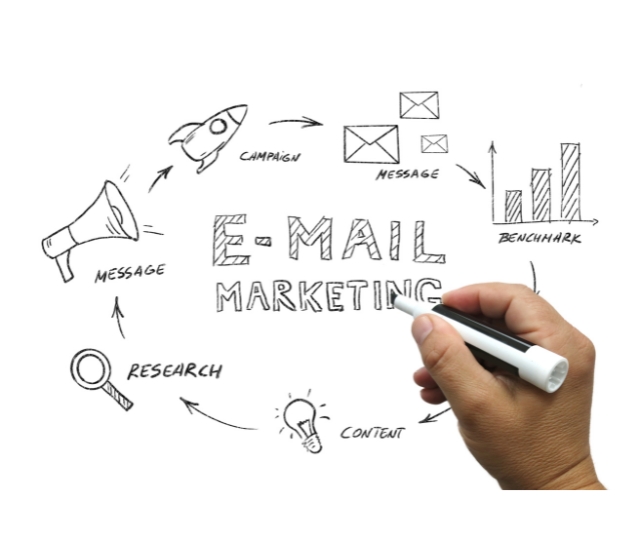
Email marketing services can be effectively used by small companies as well as multinationals.
Email Marketing is an extremely effective digital and online marketing strategy for businesses to communicate with their existing customers and reach new customers anywhere in the world. Email marketing converts prospects into customers, and turns one-time buyers into loyal and raving fans. Managed correctly, email marketing is the most efficient, convenient and economical way for businesses to communicate with their existing customers and to reach new customers anywhere in the world.


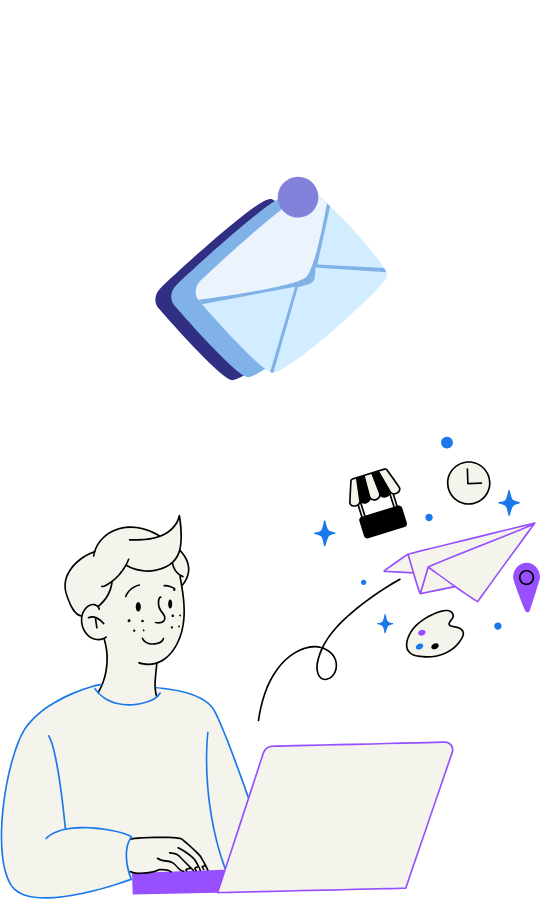

Did you know that there are 3x more email accounts than Facebook & Twitter accounts combined? Or that
you are 6x more likely to get a click-through from email than Twitter?
As a savvy marketer, you’ve probably seen the reports that show email has the highest ROI of any
marketing channel available and you’re probably keen to start using it to drive sales and revenue for
your business.
But how exactly do you get started? What are the steps you need to take to get up and running with email
and ensure your campaigns are a success?
In this guide, we’ll talk you through the process of getting started with email marketing to help ensure
your first campaign is a success.
It can be tempting to simply sign up for an email marketing Campaign and start sending your first
campaign.
But before jumping in head first, it’s worth taking a minute to think about your goals and what you
really want to achieve with email as that will dictate the type of campaigns you send, who you target,
the content you include, and how you measure success.
The key to establishing the correct goals for your email marketing initiative is to align them with your
company’s wider marketing goals & KPIs. Is the goal to drive new signups for your product? New leads for
your sales team? More attendees for your event? More donations for your cause?
Email marketing is the single most powerful channel to reach your audience, and it can be used to
achieve a number of different objectives, so it’s worth spending some time thinking about what you want
to achieve with it before jumping in.
Planning what you want to achieve with email before you start sending makes it much easier to identify
what to send and who to send it to, and helps you create focused, high-performing email campaigns that
will achieve your marketing goals.



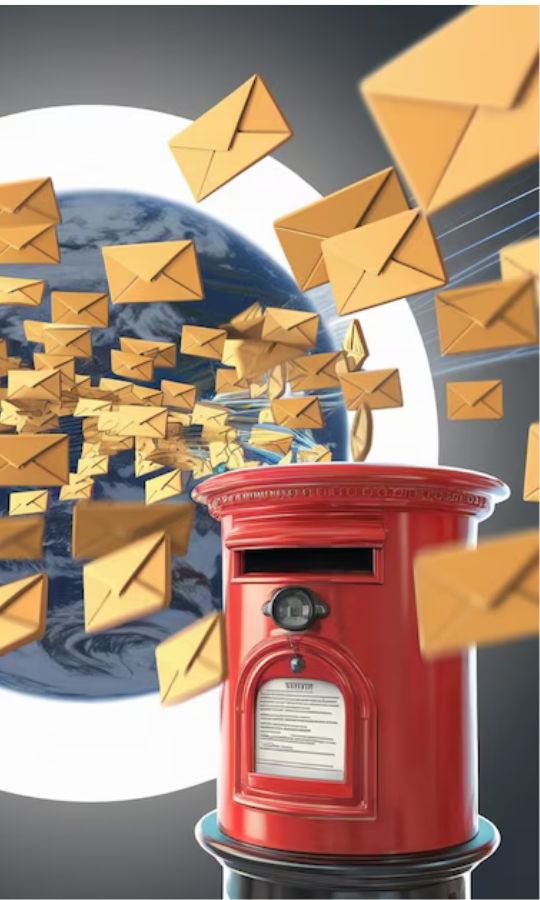
If you plan to use email to keep in touch with existing customers, then your email data sourcing list
can be built largely by importing your existing customer’s details into your chosen email marketing
tool.
Before you import any contacts though, ensure you have adequate permission to email these subscribers.
If you’re not sure, check out our Permissions guide or contact our support team as they’ll be happy to
chat with you about permissions and uploading your list.
If you plan to use email to communicate with an audience whose email address you might not have yet,
then you’ll need to start capturing email addresses and building your list from scratch.
Fortunately for you, there is a 2-part formula for building your email list that is followed by many of
the most successful email marketers around. The formula is:
While it is a little bit of a simplification, it’s also just logic. Regardless of how many subscribe
opportunities you present to a visitor, it’s unlikely they’ll act without a valuable incentive. And no
matter how good your incentive is, you still need to make it simple for people to subscribe if you want
to get them to join your list.
The real question is, what makes for an amazing incentive? And how can you make subscribing to your list
really simple and easy?
While this is covered off in much more detail in our email list building guide, here are some incentives
you could use to entice people to join your email list:
If you have a blog or produce content on your website, then offering to send your best content to subscribers via email is a powerful incentive for them to join your list.
If you sell goods through an online store, then offering people a discount off their first order if they subscribe to your email list is an amazing incentive. Not only does it encourage people to subscribe, but gives them an incentive to purchase as well.
Offering free or upgraded shipping on your customers’ purchase is a great incentive to join your list.
Not only is this offer highly relevant – particularly when offered during the checkout process – but
being able to get a desirable item into their hands quicker is a powerful motivator for people to
subscribe.
Furthermore, the other part of the equation is offering numerous, simple subscribe opportunities
as this makes it easy for people to opt-in. While the type of subscribe form you use will depend on the
incentive you are offering, here are a few ideas:


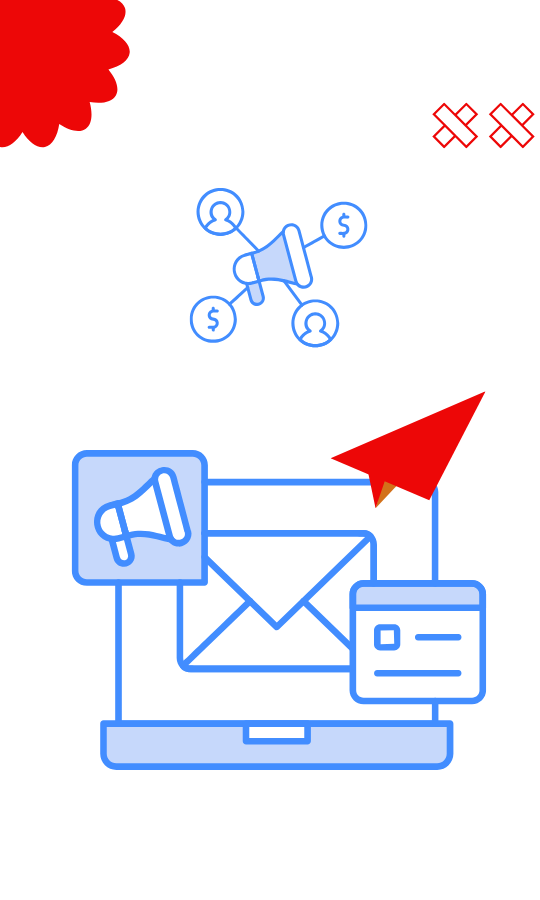

Now that you have established your goals and what you want to achieve from email marketing, it’s time
to build your email list so you can start sending campaigns that those goals.
There are a couple of different ways you can build your email list, but the right method for each
campaign really depends on the goals you establish in Step 1.




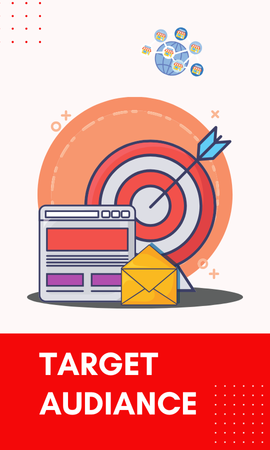
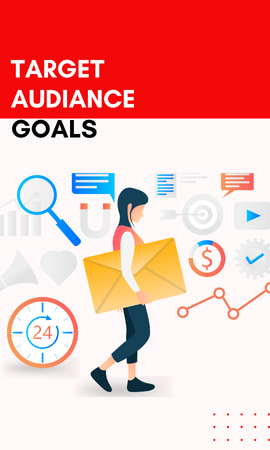
There are a number of different types of email campaigns marketers like you can send to subscribers, and the type you choose really depends on the goals you established in Step 1. Let’s take a look at the different types of campaigns and how they can help you achieve your email marketing goals.
Now that you’ve decided on your goals, built a bit of an audience, and selected the type
of campaign you’re going to send, it’s time to start building your email.
Email tools, with our drag-and-drop email builder, make it incredibly easy to create beautiful email
marketing campaigns, but there are some fundamentals that you should know to make sure you get the best
results from each campaign.
With your first email out the door and starting to get opened and clicked by your subscribers, you’ll be able to start tracking the success of your campaign. There are two places through which you can track the success of your email marketing campaigns: Your email marketing and your website analytics tool (such as Google Analytics). The reports section of your email marketing tool is the place to go to understand how people interacted with your email campaigns. There are a number of reports that can help you do this, but the most commonly used is the Snapshot report. The report presents to you the key metrics of your email marketing campaign, including:
The number of unique subscribers who opened your campaign.
The number of email addresses to which your campaign could not be delivered (for a variety of different reasons).
The number of unique subscribers who did not open your campaign.
The percentage of all subscribers who opened your campaign.
The percentage of people who unsubscribed from your email list through this campaign.
The percentage of people who opened your campaign who then clicked on a link.
The number (and percentage) of people who marked your campaign as Spam.
The number of people who forwarded your campaign to a friend or shared it via social networks.
Email marketing may seem
straightforward at first, but once you get into the details, it can start to feel overwhelming. Luckily, we’ve
compiled a list of 21 answers to frequently asked questions about email marketing to help point you in the
right direction.


Implement tailored digital strategies that elevate your
brand, build trust,
and foster lasting relationships with your target
audience.